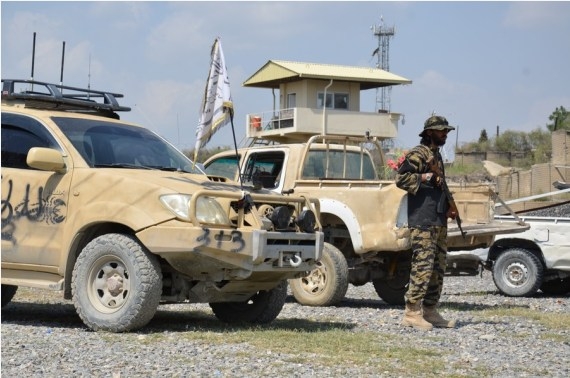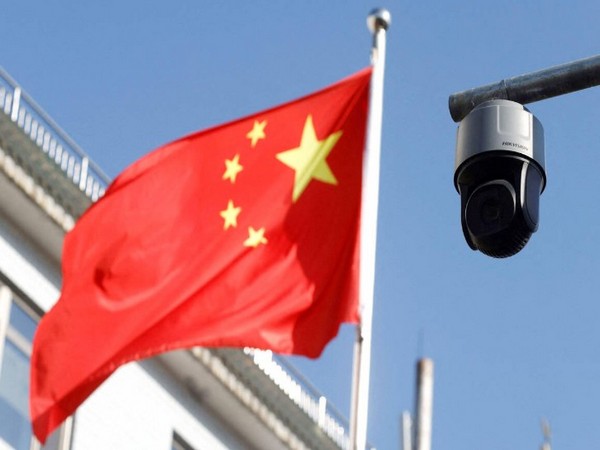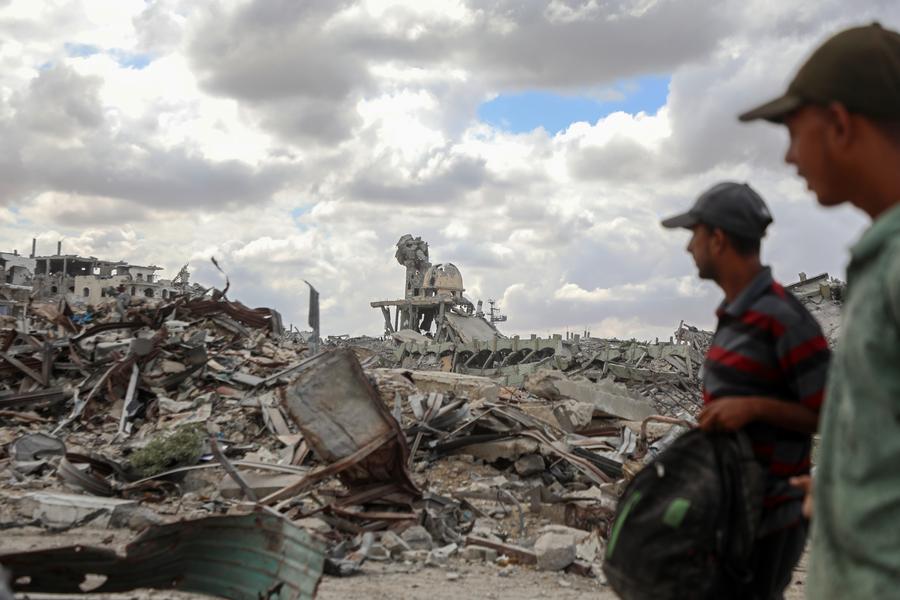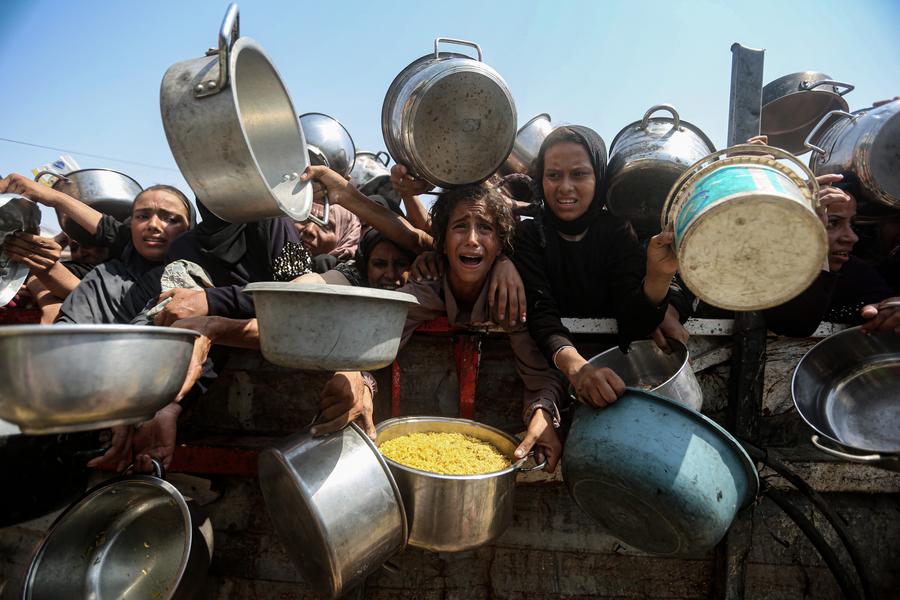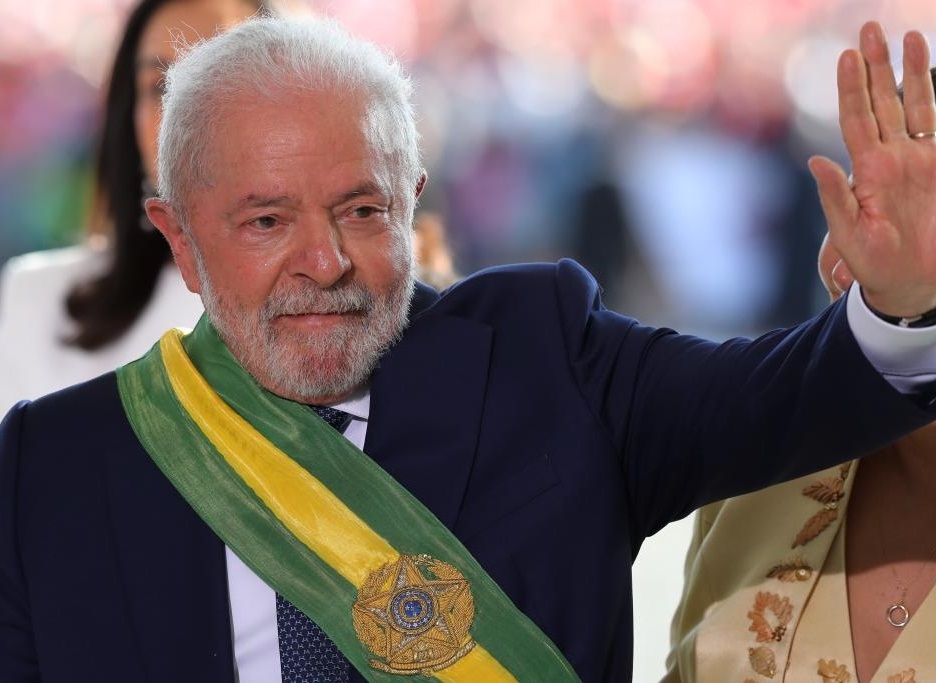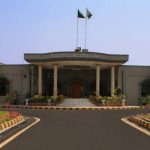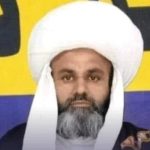In recent months, Pakistan has seen the murder of over half a dozen journalists across its four provinces….reports Asian Lite News
The state of press freedom serves as a key indicator of a society’s democratic health. Journalists’ capacity to report without restraint on pertinent issues viz, governance, national concerns, plight of the marginalised, integrity and transparency of the social structure, promoting accountability and progress, etc.
These ideals are particularly relevant in well-established democracies, unlike in authoritarian states such as China, military-dominated hybrid regimes like Pakistan, or few monarchies.
In Pakistan’s military-dominated hybrid political system, the environment for journalists remains hazardous and filled with countless challenges. Pakistani journalists navigate a precarious landscape of daily uncertainty, contending not only with threats from non-state actors but also with persistent suppression by state forces, particularly the Pakistan Army and its clandestine intelligence agencies like the ISI.
Despite these dire conditions, international press watchdogs frequently understate the gravity of the situation.
Despite the ongoing killings of numerous journalists due to their work,
Pakistan’s press index ratings from organisations such as Freedom House and Reporters Sans Frontieres (RSF) surprisingly rank the country ahead of some established democracies, like India, which boasts strong press freedom credentials.
In recent months, Pakistan has seen the murder of over half a dozen journalists across its four provinces.
These politically motivated killings highlight a precarious situation where the state is either complicit or failing to protect vulnerable reporters, particularly in the country’s rural areas.
On July 14, journalist Malik Hassan Zaib, associated with the local Urdu newspaper Daily Aaj, was killed in his car by unidentified armed assailants in Nowshera, Khyber Pakhtunkhwa province.
This incident prompted the New York-based Committee to Protect Journalists (CPJ) to accuse the Pakistani government of maintaining “continued impunity for those who attack journalists”.
The journalism watchdog demanded that Pakistani authorities “immediately end this horrifying wave of violence and hold the perpetrators to account”.
Pertinently, this was the third journalist killing within three months in Khyber Pakhtunkhwa province.
Previously, unidentified armed assailants had killed Khalil Jibran of Khyber News TV channel on 18 June in Landi Kotal and Kamran Dawar on 21 May at his home in Tappi village, Miramshah district.
Dawar, an independent journalist who also ran a popular social media news channel called Waziristan TV with hundreds of thousands of subscribers, was a vocal critic of the Pakistan Army’s oppression in the tribal regions.
He frequently exposed issues such as custodial killings and enforced disappearances disguised as anti-militancy campaigns.
His murder raised direct suspicions of Army involvement, particularly given the highly fortified nature of Tappi village, as reported by News Intervention.
It is worth noting that Pakistan’s intelligence agency, ISI, has a history of targeted killings of military critics, lending credibility to accusations by the victims’ families.
According to the 2024 report by Reporters Sans Frontieres, Pakistan ranked 152nd out of 180 countries in the global press index.
RSF, also known as Reporters Without Borders, described Pakistan as “one of the most dangerous countries in the world for journalists”.
The report further indicates that any journalist who dares to breach the boundaries set by the Pakistan Army risks becoming the target of intense surveillance, potentially leading to abduction and detention in either state prisons or unofficial jails.
Moreover, the country’s notorious ISI is always prepared to permanently ‘silence’ any critic.
Interestingly, while Pakistan adopted the Protection of Journalists and Media Professionals Act in 2021, ostensibly to create a safe environment for journalists, the legislation conditions journalists’ safety on adhering to a specific ‘conduct.’ Consequently, both military and civilian authorities have exploited this ambiguity to enforce their own restrictions and penalize those who defy them. For example, Pakistani authorities arrested independent journalist Asad Ali Toor earlier this year for demanding accountability from state institutions, particularly judicial authorities, following the controversial 8 February elections. Additionally, 45 other journalists received notices from authorities for criticising the government and were warned to amend their conduct.
The sole ‘offence’ of these journalists was reporting on court proceedings during the hearings of election irregularities cases.
Similarly, Freedom House’s 2024 report underscores that journalists perceived as anti-state or anti-military continue to face “enforced” disappearances and other abuses.
Ahmad Farhad, a Kashmiri poet from Pakistan-Occupied Jammu and Kashmir (POJK), was recently abducted by Pakistani intelligence agencies for criticising the government and military establishment through his poetry following the Army’s killing of POJK civilian protestors.
Farhad poignantly captures this sentiment: “Ye puchta hai amn-e-aamah ka masla kyun? Ye amn-e-aamah ka masla hai, isse uthalo (He is asking why there is public disorder? He is a public disorder, pick him up!)”
Pakistan’s military establishment has essentially adopted this modus operandi to abduct and arrest anyone who questions their control over the country’s political and governance affairs, with media professionals being the first casualties.
Given the hazardous working conditions for journalists in Pakistan, it is perplexing that the country often ranks higher than a democracy like India in press freedom indices published by Western organisations.
Although Pakistan’s ranking is still not commendable, it remains surprising. One must question what prompts these organisations to obscure the reality. Is there not a stark duality in their assessments of the two countries?
For example, RSF’s Global Press Index ranks India at 159th, while Pakistan, despite over a dozen journalist killings in 2023, is positioned at 152nd. Additionally, Pakistani authorities recorded 248 cases against journalists during 2022-23 to silence them, as reported by the Freedom Network in 2023.
Similarly, Freedom House’s annual Global Freedom Score awarded India and Pakistan scores of 66 and 35 (out of 100), respectively, yet surprisingly describes both countries as ‘partly free’.
This categorisation appears to undermine the democratic credentials of the world’s largest democracy, India.
It is quite perplexing that India, with its strong traditions of press freedom enshrined in its constitution (Article 19 and supported by RTI), is often criticised by these organisations.
This perceived duality does not truly reflect the country’s press freedoms but rather reveals the biases inherent in these institutions, which are often leveraged by their sponsors and host countries for geopolitical purposes.
While Pakistani journalists continue to face severe threats and state oppression, the nuanced challenges in India’s media landscape seem to be disproportionately amplified, raising questions about the fairness and objectivity of these international evaluations.
While journalists in India freely report on government activities and all state institutions without fear of persecution, the situation in Pakistan is starkly different.
There, even laws meant to protect journalists impose conditions that effectively require the press to stop criticising the state, particularly the military. This clear disparity further highlights the inconsistencies and potential biases in the global press freedom rankings.
Regardless of the extent to which international journalism watchdogs spotlight the perilous conditions for journalists in Pakistan, the stark reality persists.
The media remains under severe duress from both the government and the military, frequently being compelled to comply, while journalists suffer for challenging authority.
Rights organisations may ignore their struggles but the few voices of truth persist, articulating the silence of the populace.
ALSO READ: Jaishankar Unveils Ramayana & Buddhism Stamp in Laos







